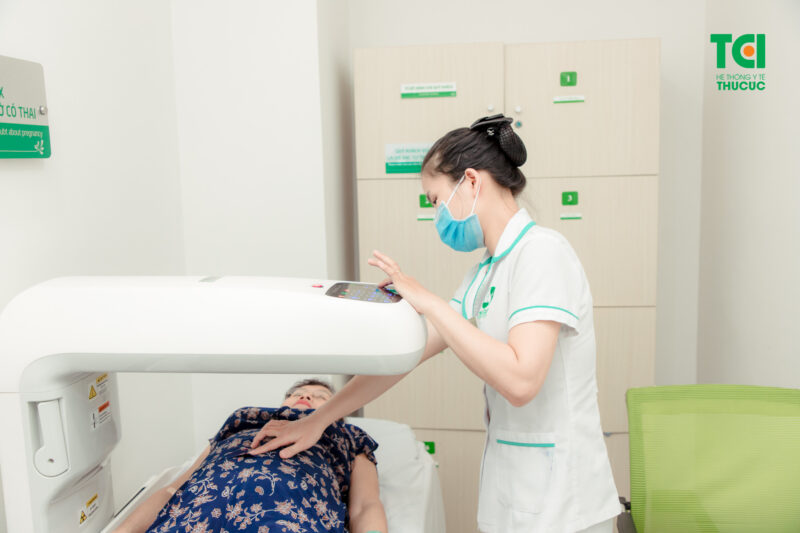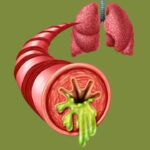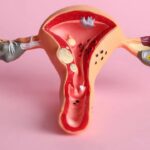Osteoporosis is a common bone condition that typically affects individuals aged 45 and older. Statistics show that women are twice as likely to develop this condition compared to men. Understanding the causes of osteoporosis and how to treat it is essential in managing the disease effectively.
1. What is Osteoporosis and Its Risk Factors?
Osteoporosis is a condition characterized by porous, brittle bones that are prone to fractures even with minor injuries. The disease can be challenging to treat and may lead to serious complications such as bone fractures and spinal deformities. These issues can significantly impact a person’s ability to move, work, and enjoy a good quality of life.
Several factors increase the risk of developing osteoporosis:
– Gender: Women are at higher risk of osteoporosis than men.
– Age: The risk increases with age.
– Nutritional deficiencies: A lack of calcium and vitamin D in the diet contributes to weak bones.
– Genetics: Family history of osteoporosis can raise the risk.
– Lack of physical activity: Sedentary lifestyles can weaken bones over time.
– Substance use: Excessive alcohol consumption and smoking are known causes of osteoporosis.
– Postpartum: Women who do not adequately replenish nutrients after childbirth are also at higher risk.

Women have a higher rate of developing osteoporosis compared to men.
2. Primary Causes of Osteoporosis
2.1. Hormonal Imbalance
A significant cause of osteoporosis is a hormonal imbalance. Estrogen plays a crucial role in maintaining bone density, which is why postmenopausal women, whose estrogen levels drop significantly, are at higher risk. Younger women with irregular menstrual cycles may also be prone to osteoporosis. In men, testosterone helps protect bone health, and low testosterone levels can similarly lead to the condition.
2.2. Previous Bone Injuries
People who have had bone fractures or significant injuries are more likely to develop osteoporosis later in life. The risk increases due to the damage and stress that prior injuries can impose on bone health.
2.3. Dietary Deficiencies
Poor diet is one of the leading causes of osteoporosis. A lack of calcium, vitamin D, and essential minerals such as phosphorus, vitamin K, and vitamin B can weaken bones. Additionally, consuming excessive amounts of certain substances, like protein and caffeine, can negatively impact calcium absorption, further contributing to the development of osteoporosis.
2.4. Chronic Medical Conditions
Certain health conditions, such as digestive disorders, kidney disease, and thyroid issues, can interfere with the body’s ability to absorb and utilize nutrients necessary for bone health. These conditions are often secondary causes of osteoporosis, making it more challenging to maintain strong bones.
2.5. Medications
Certain medications, such as anticonvulsants, corticosteroids (e.g., prednisone), and drugs used to treat thyroid problems, can lead to decreased bone density. Prolonged use of these medications is one of the well-documented causes of osteoporosis.
2.6. Unhealthy Lifestyle Choices
A sedentary lifestyle and excessive alcohol or tobacco use are major contributors to osteoporosis. Physical inactivity leads to weaker bones over time, while substances like nicotine and alcohol disrupt the body’s ability to effectively use calcium and hinder hormone function critical for bone health.

Lack of physical activity is a leading cause of bone and joint diseases, including osteoporosis.
3. Treatment Options for Osteoporosis
3.1. Calcium and Vitamin D Supplementation
The cornerstone of osteoporosis treatment is ensuring adequate calcium intake. The recommended daily intake for adults under 70 is 600 IU of vitamin D, and for those over 71, it increases to 800 IU. Supplements should only be taken in recommended amounts, as excessive intake may cause other health problems.
3.2. Medications
Bisphosphonates are the most common medications prescribed to treat osteoporosis. These drugs slow the rate at which bones break down, allowing the body more time to rebuild bone mass. They are typically recommended for postmenopausal women, elderly individuals, and men with high-risk factors for osteoporosis. However, these medications should be taken according to the doctor’s instructions, as improper use may cause gastrointestinal issues or exacerbate existing conditions.

Consult a specialist in musculoskeletal health for professional advice and appropriate treatment direction.
3.3. Injectable Treatments
In some cases, osteoporosis treatment involves annual injections that help strengthen bones over a long period. This method is becoming increasingly popular due to its convenience and long-lasting effects, typically requiring just one injection per year.
While aging is inevitable, the development of osteoporosis can often be delayed or managed through early intervention and lifestyle changes. By understanding the causes of osteoporosis, individuals can take proactive steps such as maintaining a balanced diet, engaging in regular physical activity, and consulting healthcare professionals to ensure their bone health remains strong.








